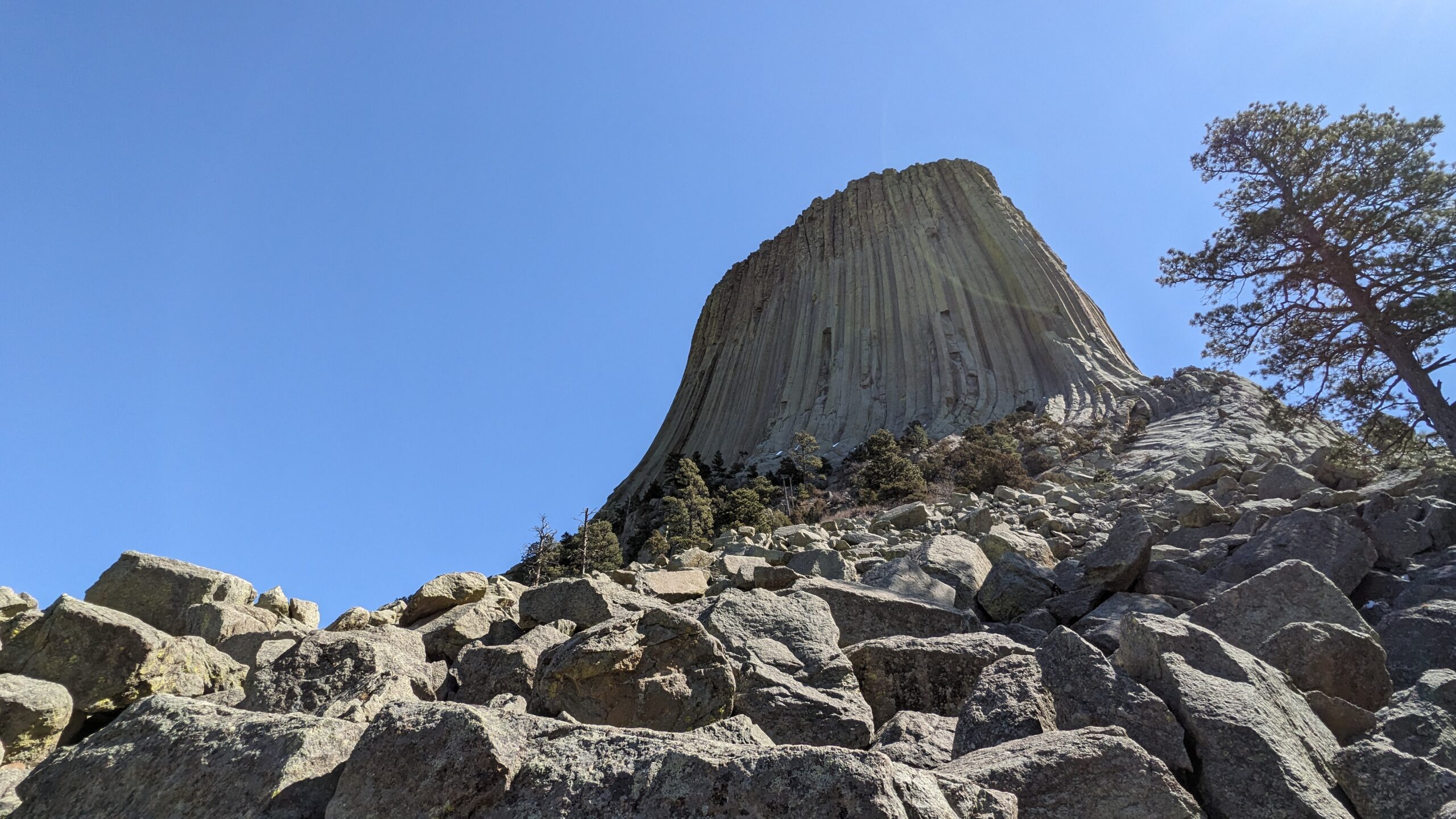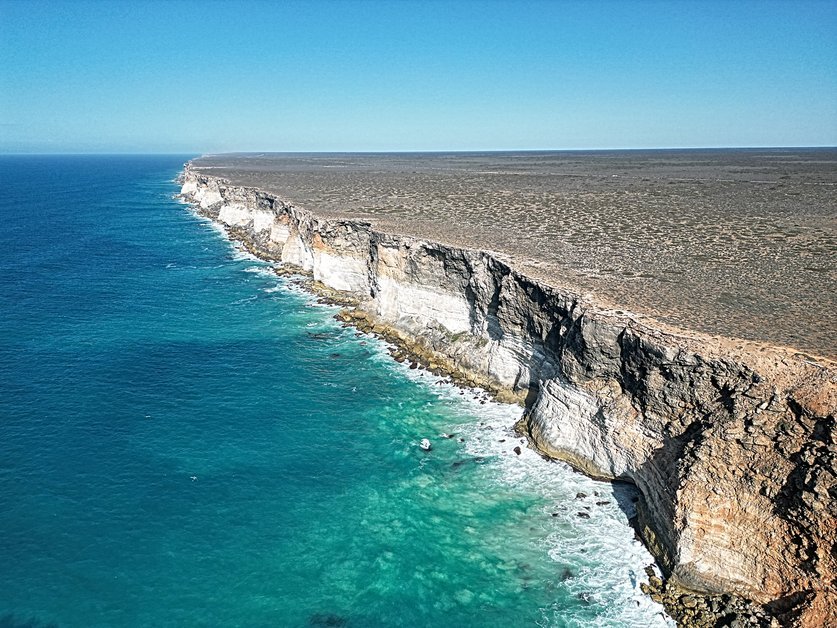In the northeastern corner of Wyoming, Devils Tower National Monument stands as a testament to the Earth’s geological wonders. This iconic monolith, rising 1,267 feet above the Belle Fourche River, is a sight to behold and a playground for climbers, hikers, and nature enthusiasts alike. In this blog post, we’ll delve into the history, geology, ecology, and recreational opportunities offered by Devils Tower.
History:
Devils Tower holds significant cultural and historical importance for several Native American tribes, including the Lakota, Cheyenne, Crow, and Kiowa. They refer to the tower by various names, such as “Bear’s Lodge” or “Bear’s Tipi,” and it plays a central role in their creation stories and spiritual beliefs.
In 1906, President Theodore Roosevelt designated Devils Tower as the first national monument in the United States, preserving its unique geological and cultural features for future generations to appreciate and enjoy.
Geology:
The striking appearance of Devils Tower leaves visitors in awe, wondering about its formation. Geologists believe that Devils Tower is an igneous intrusion, formed around 50 million years ago during the Eocene epoch. The tower is composed of phonolite porphyry, a type of volcanic rock, which cooled and solidified beneath the Earth’s surface.
Over millions of years, erosion gradually stripped away the surrounding sedimentary rock, exposing the hardened magma chamber that we see today. The distinctive columnar joints, which form vertical columns that rise from the base to the summit of the tower, are a result of the cooling process and subsequent contraction of the rock.
Ecology:
Despite its harsh appearance, Devils Tower provides a unique habitat for a variety of plant and animal species. The surrounding landscape consists of mixed-grass prairie, ponderosa pine forests, and riparian areas along the Belle Fourche River, supporting a diverse array of wildlife.
Visitors to Devils Tower may encounter species such as mule deer, pronghorn antelope, coyotes, and a variety of bird species, including golden eagles and prairie falcons. The monument also serves as an important stopover for migratory birds, making it a hotspot for birdwatchers throughout the year.
Recreational Opportunities:
Devils Tower offers a wealth of recreational opportunities for outdoor enthusiasts of all ages and abilities. The most popular activity at the monument is rock climbing, with hundreds of climbing routes ranging from beginner-friendly to expert-level challenges. Climbers from around the world flock to Devils Tower to test their skills and experience the thrill of ascending its sheer cliffs.
For those who prefer to keep their feet on the ground, the monument boasts several hiking trails that meander through the surrounding landscape, offering stunning views of the tower and the surrounding Black Hills. The Tower Trail, a 1.3-mile loop that encircles the base of Devils Tower, is a favorite among visitors seeking a leisurely stroll with unparalleled scenery.
Additionally, visitors can participate in ranger-led programs and interpretive talks that provide insight into the geology, history, and cultural significance of Devils Tower. These educational experiences enhance visitors’ understanding and appreciation of this remarkable natural wonder.
Devils Tower National Monument stands as a symbol of resilience and beauty, captivating all who behold its towering presence. From its geological origins to its cultural significance and recreational opportunities, Devils Tower offers a truly immersive experience for visitors seeking to connect with nature and history.
Whether you’re an avid rock climber, a curious traveler, or simply a lover of the great outdoors, Devils Tower has something to offer everyone. So, pack your bags, lace up your hiking boots, and embark on an unforgettable journey to one of America’s most iconic landmarks.




